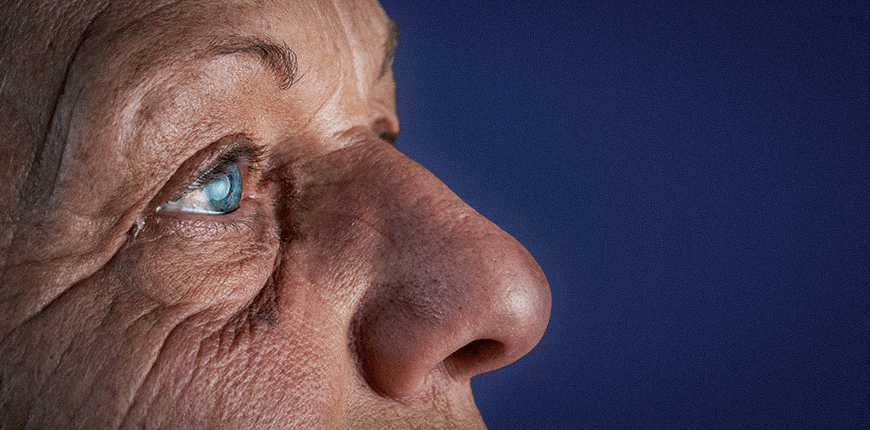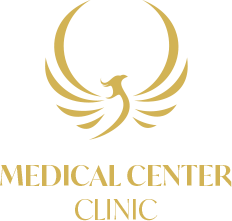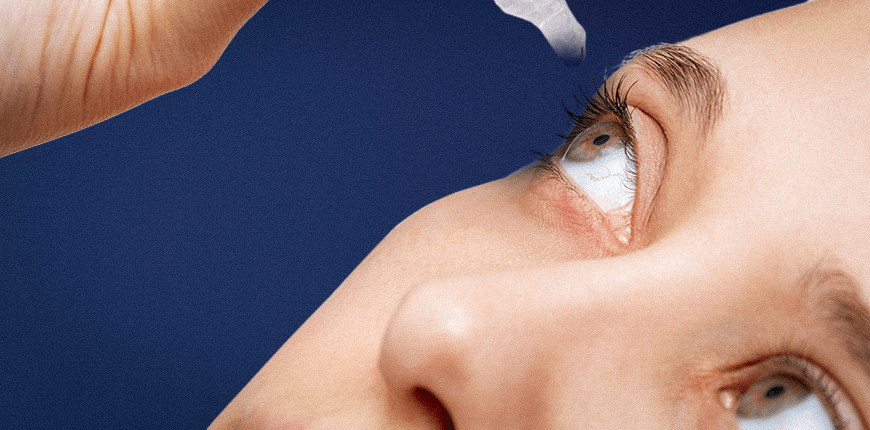
Cataract Surgery
Cataract surgery is basically a surgical procedure performed to remove the cloudiness that occurs in the natural lens of the eye.
The eye lens is used to focus the light on the eye and normally has a transparent and clear structure. However, due to aging, trauma, infection, diabetes, or long-term use of corticosteroids, lens proteins may stick together over time, losing their transparency and cataracts may occur.
Symptoms may be mild in the early stages of cataracts, and patients often perceive images as slightly blurred or dull. However, as the discomfort progresses, the images become more blurred and the color becomes pale when the person looks, or they have difficulty in activities such as night driving. Some patients may also experience symptoms such as double vision, glare, or halos in their eyes.
Cataracts usually develop with age, but in some cases, congenital cataracts or cataracts caused by trauma, infection, or other medical conditions can also occur. If this condition is left untreated, it can progress and seriously affect a person's vision and therefore quality of life.
What Symptoms Can Cataracts Be Recognized?
In the early stages of cataracts, the symptoms may be mild and the patient may not notice them. However, as the cataract progresses, the symptoms become more pronounced. The most common symptoms of cataracts are:
-
Blurred Images: Cataract is a clouding condition that occurs in the natural lens of the eye. Therefore, patients often perceive images as slightly blurred or dull.
-
Fading in Colors: It can affect the ability to perceive colors, and patients may report that colors appear faded or washed out.
-
Night Vision Problems: It can cause you to have difficulty with activities such as night driving. Patients may report that the lights create a halo or have double vision in their eyes.
-
Eyeglass Prescription Change: Because cataract causes the natural lens of the eye to lose its transparency, vision impairment of patients may increase. In this case, patients may need to change their eyeglass prescription more frequently.
-
Eyestrain: Cataracts can put additional strain on your eyes, causing eye strain. You may notice that your eyes get tired more quickly and that you quickly feel tired while reading or using a computer.
-
Eye Pain: In rare cases, cataracts can cause increased intraocular pressure, resulting in eye pain or headache.
Cataract symptoms may differ in different patients. However, if you notice any of the symptoms, it is recommended that you consult an ophthalmologist. The ophthalmologist will perform a comprehensive eye exam to ensure correct diagnosis and treatment.
Who Can Have Cataract Surgery?
Cataract surgery is usually applied to people with cataract disease, which is seen in advanced ages. However, in some cases, the development of the problem can also be seen in the early stages of life, and in these cases, it may need to be treated with surgery.
Cataract surgery is recommended as a definitive solution for cataract patients whose vision is severely affected. The turbidity caused by cataracts can affect a person's daily life, making it difficult for them to do their activities. In this case, the patient's vision can be clarified and the quality of life can be increased with the operation.
Cataract surgery can also be applied to people with other eye conditions that cannot be treated with other treatment methods, such as medication or the use of glasses. However, suitable candidates for cataract surgery should be evaluated by an ophthalmologist, and treatment options discussed.
Another factor that is evaluated for performing the operation is the general health status of the person. Although local anesthesia is used during the surgery, cataract surgery can be risky in people with other underlying health problems. For this reason, a detailed examination should be made of each patient.
How Is Cataract Surgery Performed?
 There are several advanced methods used in recent years for cataract treatment. One of them is known as "Femtosecond Laser-Assisted Cataract Surgery". This method is one of the safest and most common options in this field. Before the application, some examinations perform on the cornea of each candidate and evaluated in the computer environment. The aim here is to determine the shape and angle of the laser incisions.
There are several advanced methods used in recent years for cataract treatment. One of them is known as "Femtosecond Laser-Assisted Cataract Surgery". This method is one of the safest and most common options in this field. Before the application, some examinations perform on the cornea of each candidate and evaluated in the computer environment. The aim here is to determine the shape and angle of the laser incisions.
Its procedure involves removing the natural lens and replacing it with an artificial one to remove cloudiness inside the eye. A small incision is made in the person's eye without using a knife, and the cataract tissue is broken up in this way. Next, the artificial lens is inserted into the eye. However, this step may not be applicable to every patient.
This method is less invasive than other cataract surgery techniques. The risk of complications is very low. The ultrasonic waves used during the procedure safely treat the eye tissue and the healing process may be shorter. It is also an application that takes about 30-45 minutes, so it can be completed quickly and the patient can return home the same day.
Recovery Process After Cataract Surgery
The recovery process after cataract surgery is usually fast. However, since each patient has a unique story, the healing process may also show differences.
After the surgery, the patient usually discharges within a few hours. The ophthalmologist gives specific instructions to the person in the post-op period. Following these warnings carefully will help speed up the healing process.
During the first few days, a slight stinging or itching may be felt in the eye. It is important to use the eye drops recommended by the doctor regularly. It's also necessary for the person not to rub their eyes and to prevent the eye from coming into contact with water.
It may also be necessary to use glasses or an eye patch for a few days after surgery to protect the eye during recovery. In addition, avoiding heavy lifting and doing sports are among the recommendations given.
It is natural for the eye to feel some blurring or light sensitivity, but it will pass over time. In the post-op examinations of the patient, the condition of the eye is closely followed.
Full recovery after cataract surgery usually takes a few weeks. The patient can usually go back to daily activities within a few days. With the help of the regular check-up appointments that the person will make with the doctor during the recovery period, the condition of the eye is followed and possible complications, if any, are noticed quickly.
-
Is Cataract Surgery a painful procedure?
Cataract surgery is usually performed under local anesthesia and therefore pain or sting is not experienced. A slight stinging or itching may be felt in the postoperative period, but this usually goes away quickly.
-
Do Cataracts occur again after the surgery?
A new cataract does not occur in the eye after the surgery. However, the implanted artificial lens may become cloudy over time and this problem can be eliminated with laser treatment.
-
How soon can I go back to normal activities after Cataract Surgery?
After cataract surgery, patients can usually go back to their normal daily activities within a few days. However, following the doctor's instructions and avoiding heavy lifting and sports helps speed up the healing process.













